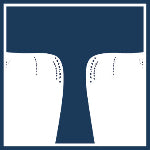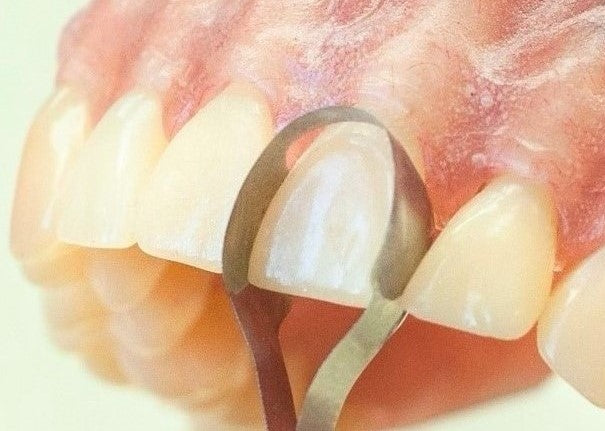Anterior restorations are extremely challenging. They require precision, accuracy and communication with the client. Other things like shade selection, isolation techniques, symmetry of incisal edges, matrixing, gingival profile, axial inclination and restorative ortho must also be taken into consideration. Why not using comfortable, affordable tools that would make the process run smoother and let you focus on restoration itself
While using a variation of matrices is encouraged, utilizing the strips alone has proved to be quite practical and cost-effective. Anterior proximal strips are incredibly beneficial matrices that can be used upon restoration of proximal surfaces of the anterior. They are especially helpful when doing a freehand class 4 and they can entirely replace your need for any kind of stent. Try to install the anterior strip vertically and then press the handhold of the strip to force its working part to the adjacent tooth. You can also fold the matrix before installation.
 |
 |
One of the benefits of incorporating anterior proximal strips in the process of anterior restoration is the perfectly shaped band that helps curve your incisor but not round off the Incisal edge. Furthermore, each unique size offers a slightly different curve: the larger curves being better for distal surfaces while medium curved strips being more suitable for mesial ones. The matrices’ curved and firm properties let it adapt very well on the palatal surface which in turn, allows you to pack closely against it. Additionally, the strip helps build the crucial palatal wall and it is excellent for building the palatal surface when you don’t have a stent, putty or wax to work from. Moreover, they seal not only the cervical area of the tooth, but also the proximal. Overall, the shovel matrix gives a much cleaner finish earlier on which saves lots of time during the final modification process.
The anterior proximal strips are exceptionally versatile and are worth incorporating into your anterior restoration routine. There are 3 types of anterior strips (showels) and 2 types of twin anterior.
Twin anterior is an ideal matrix for anterior restorations such as class III, IV, V, direct stratification composite veneers, and shape modifications. Twin anterior matrices are for work on both mesial and distal surfaces. The difference between them is that the elongated side could be directed towards either palatal or lingual areas for more efficient placement
 |
 |
| 1.523 | 1.533 |
There is also a full kit of anterior matrices with all shapes and sizes for fast and effective anterior restoration
We highly recommend anterior matrices and they get great feedback from dentists, so give them a try!

